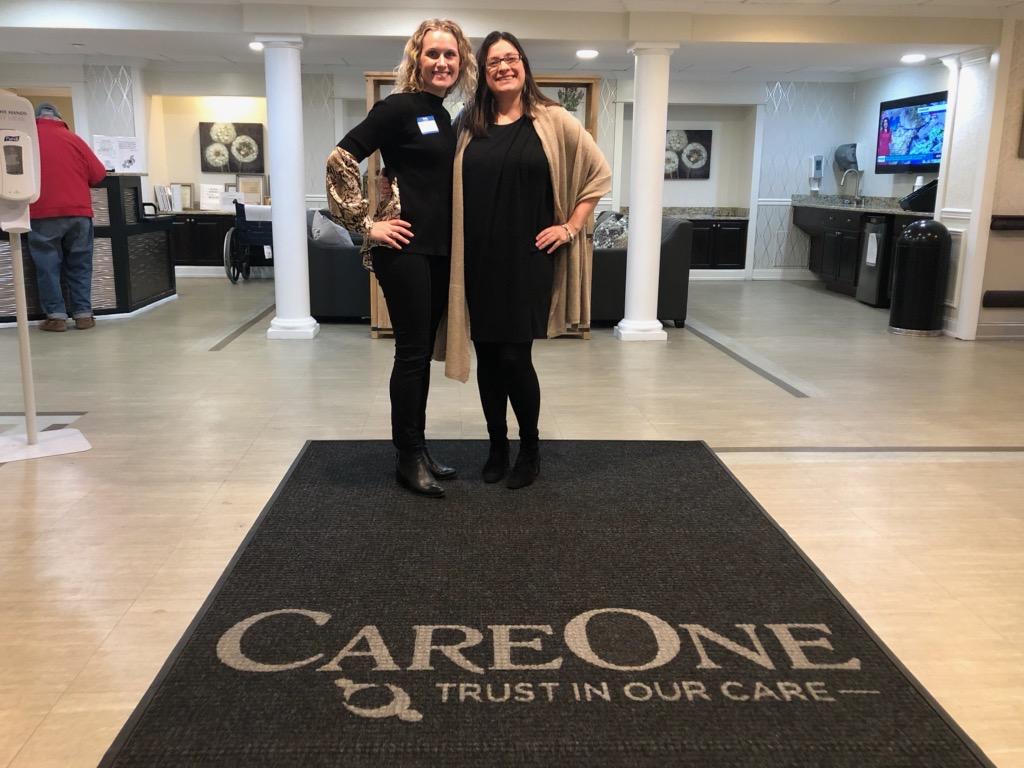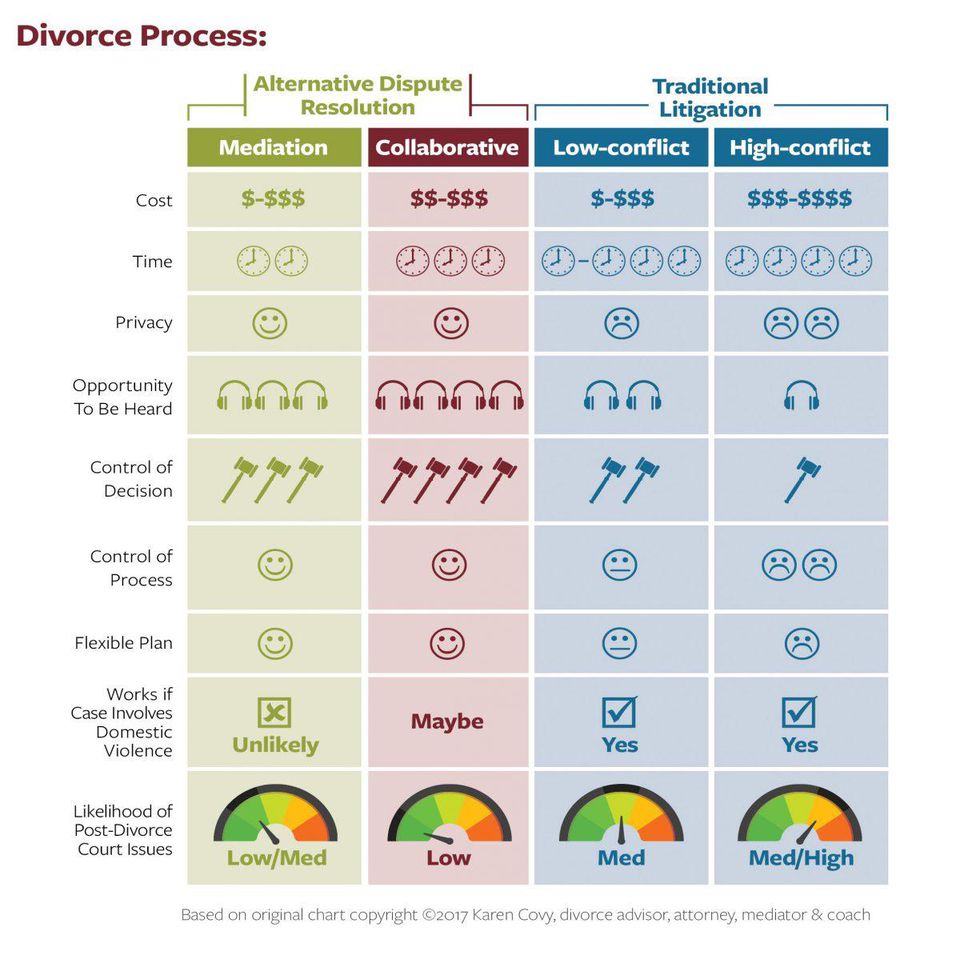 Imagine being emotionally devastated by the fact that you are getting a divorce. And then imagine being asked to sit and discuss the “business” of the divorce. Could you sit in that meeting with a clear mind? That’s where a divorce coach comes in.
Imagine being emotionally devastated by the fact that you are getting a divorce. And then imagine being asked to sit and discuss the “business” of the divorce. Could you sit in that meeting with a clear mind? That’s where a divorce coach comes in.
Collaborative Law recognizes that a divorce, business or family dispute is not just a legal event – it is an emotional event as well. The collaborative process is based on the belief that families can get through divorce in a more emotionally healthy way. This happens when you are able to interact and communicate with each other in a respectful, honest and open manner.
Collaborative Law addresses this through the use of a “Divorce Coach or a ” Collaborative Coach” to assist in business or estate matters, or other Collaborative cases that have either a relational or an emotional component.
Coaches are trained to teach you and your spouse helpful communication and self-management skills which are necessary for your settlement discussions and in your post-divorce co-parenting. Strategies for communication around decision making and problem-solving are critical to ensuring that your needs and interests are clearly expressed.
A coach is a mental health professional who helps clients navigate more effectively through the difficult aspects of a case. However, a “Divorce Coach is not the same thing as a therapist. The main job of the coach is to help the client(s) address and work through anything that may be getting in the way of productively coming to an agreement. Although divorce coaches are usually thought of in the Collaborative Law context, they are also frequently used in mediation.
Here are a few things a Collaborative coach might help a client with:
· Understanding why a particular topic is difficult for the client to address and using tools to work through that.
· Work on effective listening.
· Work on effective communication.
· Helping the client become more comfortable speaking up for him or herself.
· Identifying the client’s interests (what’s important to the client).
· Considering the other person’s interests (what’s important to the other)
· In some collaborative divorce cases the coach works directly with the spouses to craft the parenting plan. The coach also provides education about the best practices related to supporting children through divorce, and the various ways a parenting plan can be developed.
A coach can assist with most of the challenging dynamics associated with the divorce process. However, a coach does not act as a therapist or a medical provider and should not be considered a substitute for these other professionals.
Coaching Models
There are two main coaching models: one-coach and two coaches:
The one-coach model consists of a single coach working with both participants in a neutral capacity. In a way, the coach in a one-coach model acts as an informal mediator to help the parties come to a place where they can work effectively together. The coach will usually do separate introduction meetings with each client followed by a joint meeting. The coach may recommend either joint or separate meetings going forward.
The two-coach model. Each client will have their own coach in a two-coach model. Coaches in this model tend to be more aligned with their individual clients as opposed to the neutrally-oriented one-coach model. Each coach will meet with their respective client separately, but both coaches will also meet with both clients in a “coaching 4-way.” The coaches will typically communicate with one another to share insights, ideas and client concerns. Sometimes a third coach will act as the neutral coach, working with both clients and both individual coaches.
Every Collaborative Law case is a client-centered and custom-designed to suit the needs of the particular client. Because each case is unique, each coaching arrangement is unique as well. It’s important to note that in some cases many do not use coaches at all. Coaches are optional and simply many not be needed in some cases.
I invite you to take a look around my site and explore the easier, less costly alternative ways to divorce including mediation and collaborative process. These are family-friendly processes of negotiation that strive for a win-win resolution.
By: Laura Van Tassel, Esq.
visit: www.vantassellaw.com



